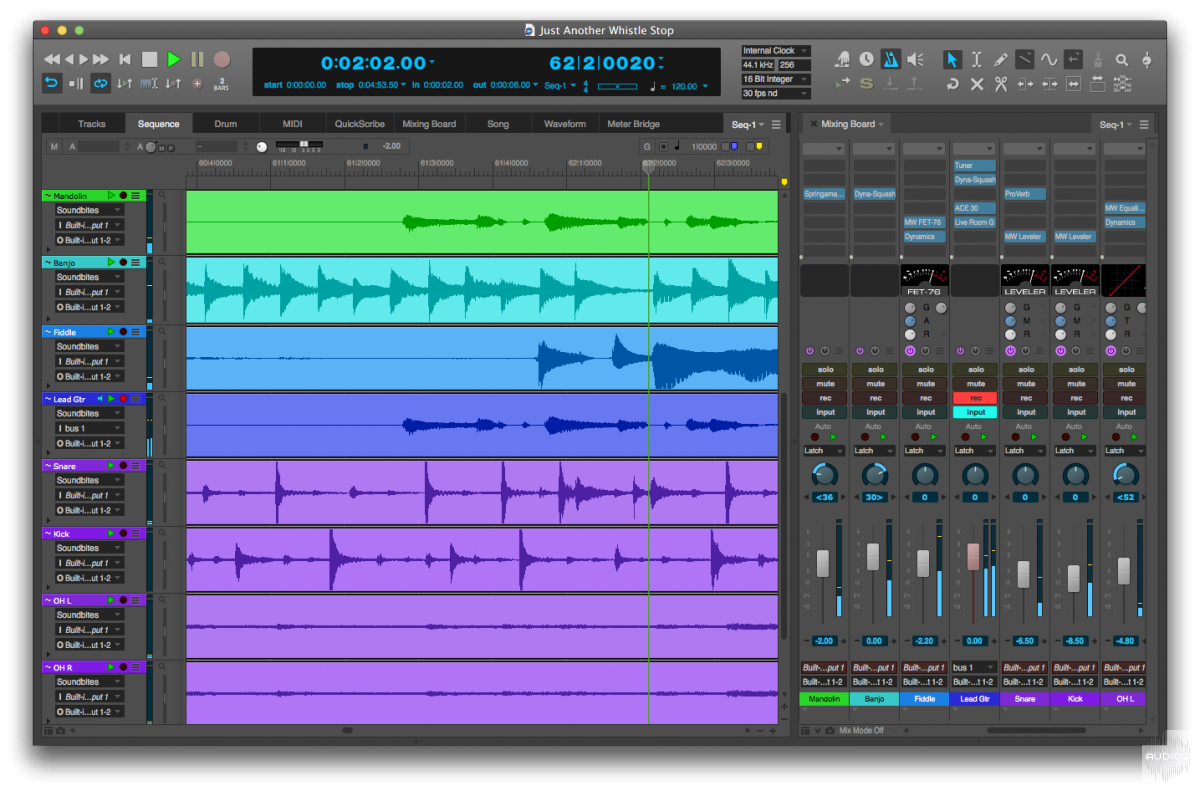Motu Digital Performer Keygen Crack Serial Number

Software product serial numbers are printed on the registration card as well as on the first page inside the front cover of your software product manual. If you've removed your registration card to register your software product with MOTU, you'll find the serial number duplicated on the remaining part of the page.
The highlights of Digital Performer's latest incarnation include advanced comping tools, new plug–ins — and a revolutionary alternative to track and instrument freezing. It's been a bit over two years since MOTU last made a major update to their flagship sequencing software, Digital Performer. Back then, version 5 added a range of useful features intended to benefit users working in many different fields, but MOTU continued to resist any overhaul of the rather old–fashioned and quirky user interface, while there were still concerns about audio performance efficiency, and continuing grumbles about the native audio format and the lack of any easy way to 'comp' multiple takes.
Meshes created with can be easily imported into FEKO as well. Feko 5 5 crack new version download. It includes a set of specialized features and a built-in scripting tool for advanced data manipulation and tasks’ automation. Besides FEKO’s built-in optimization techniques, it is integrated into to perform multi-disciplinary design exploration, optimization and stochastic analysis.
Clearly the MOTU design team thought these were important issues too, because they've all been addressed in the new version 6. Starting life way back in the mists of Mac history, DP's development has been one of gradual accumulation of features rather than frequent reinventions. Consequently, there's an awful lot in DP6 that is almost exactly the same as it was in DP5.
So for that reason, as well as the near impossibility of reviewing a sequencer as sophisticated as DP without feeling like you're rewriting War And Peace, please do refer to my review of DP5 in the September 2006 issue of SOS alongside this one. It's available free online at. Many sections of that review — Features Overview, Editing Environment, much of Audio Recording & Playback, Mix Matters and Software Synths — are equally applicable to DP6. DP6 is a Mac–only application, though compatible with both Power PC and Intel–based machines. The official minimum requirement is a 1GHz G4 Power Mac with 1GB RAM, running OS 10.4.7 or later, but the recommended minimum is for a multi–core or multi–processor G5 or Intel–based Mac with 2GB RAM.
If you're planning on using DP6 with Pro Tools hardware, you need a Digidesign HD 1, 2, 3 or Accel system with DAE version 7.2 or later. There's still no complicated copy protection — no dongle, challenge/response or anything else except the requirement to enter a unique keycode printed in the User Guide and have the installer CD in the drive when you first run DP. As before, the heart of DP6 is the combination of the Control Panel and the Consolidated Window.
The former is your standard transport window. In previous versions of DP it had fold–out 'drawers', which contained various controls relating to audio settings and data selection, but in DP6 these are gone. It's neater now, and more compact, and there's no chance that important information can be hidden in a closed drawer. The Consolidated Window, meanwhile, is a multi–pane window that can contain the vast majority of editing windows in almost any configuration to suit the needs of individual projects. In essence, there's a central area for all the main editors that are suited to being fairly wide, with 'side–bars' to the left and right for smaller or more vertically oriented panels such as Event Lists, Information palettes, lists of Markers and audio Soundbites. DP6's way of managing windows is substantially different to any previous version.